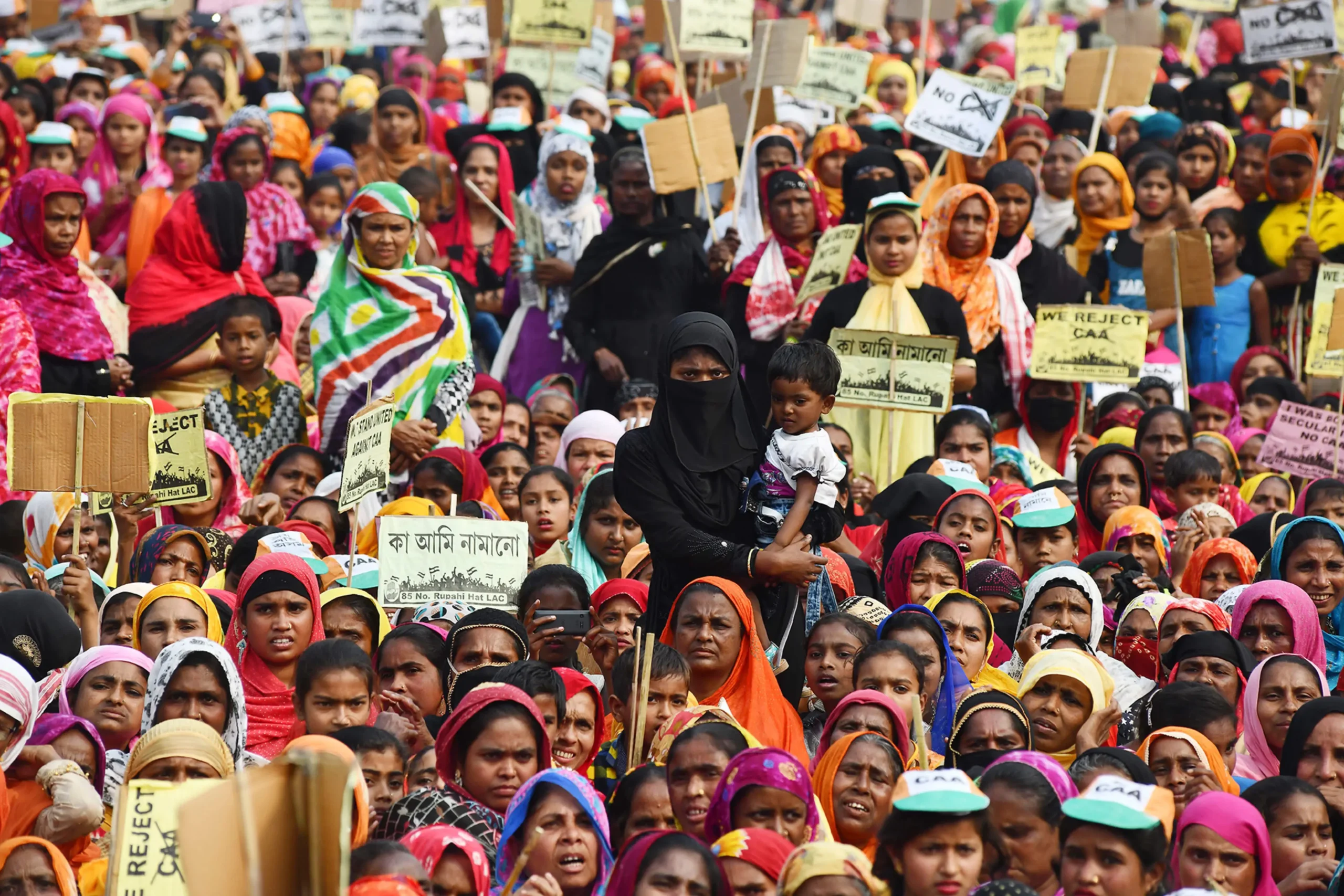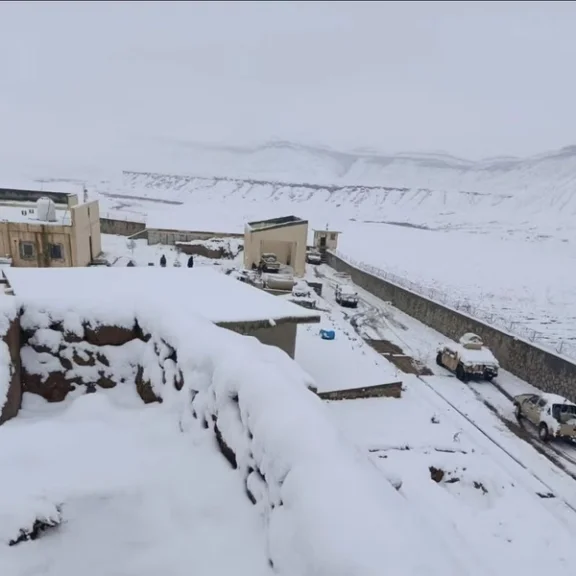The global stage, much like an ever-shifting chessboard, is often re-arranged by those with the power to control its pieces. In this dynamic world order, one country, China, has been quietly, yet steadily, reshaping its strategy and vision for the future. This vision is not a sudden ambition born from modern politics, but a dream rooted deeply in China’s ancient and revolutionary past. The question, then, is not whether China will rise, but what type of order it seeks to construct—and what it might mean for the world.
Amalgamation of Tianxia and Leninism
The key feature of China’s vision is one inspired by its past imbued with principles of power under Leninism. Western models have been rejected by the Chinese state party and primary focus remains on the traditional and historical conceptions of China as an empire, often referred to as “Tianxia” (literally meaning “everything under heaven”). In this context, Tianxia refers to a political system, a geographical entity, a worldview, a moral aspiration, or a cultural unit that can be seen as a borderless order with the People’s Republic of China (PRC) at its core. It is an order with a benign hierarchy, guided by principles of morality, wherein the surrounding regions are not attracted due to coercion but are instead protected by the center and subordinated to it.
There is a heavy reliance on China’s historical models of supremacy, with intellectuals and political elites generally abstaining from clarifying the normative underpinnings of the vision. China’s vision of an order is not grounded in Confucian principles, traditional Chinese wisdom, or the revolutionary ideals of the Communist Party. Rather, it is deeply entrenched in Leninist ideas of domination and power.
Also See: Brazil and India Rejection of China’s BRI: What’s at Stake?
New Partial System
China envisions a partial system that is neither regional nor fully global. The absolute collapse of the international order in the current era is not the aim of China. Rather, the objective of China, if not long term, is the creation of new partial system being carved out of current international order. The hierarchical subsystem being in asymmetric in nature with China at center and top remains fundamental to new partial system. It implies that China would be most powerful, biggest, and technologically advanced, with subordinated, weaker and smaller states around it or in its orbit. This orbit is expected to expand, encompassing the non-Western and developing world, where the power asymmetry will be evident.
Lose Control under Dominance of China
Another significant characteristic of China led-world order is the loose control which China exerts under its dominance. Within this subsystem, China will not seek a tight, full, or total absorption and control over other states. The main emphasis of China would be creating deep interdependencies, developed in the shadow of military and economic dominance of China, which would make it enormously arduous for countries to robustly oppose the system. The economic, security and political benefits through the states’ relation with China would act as a source of incentive for preservation of the system as well as a leverage in order to enforce compliance. Within the subsystem’s confines, China will not enforce its political-cum-governance model, rather the preference of China would be suppression of principles and values of democracy. This system is less about direct governance and more about securing China’s influence over other states and regions.
What does it hold for Western Liberal Order?
The vision of China about International order is a loose, partial and malleable hegemony. The loose nature of hegemony is because China does not envision absolute or direct control over foreign governments or territories. Partial hegemony signifies that China will seek to exercise influence in a specific sphere though the extent of that sphere is still a mystery. Malleable nature of China’s vision for international order implies that states under China’s orbit would not be strictly and precisely defined along ideological, cultural, or geographic lines, as far as states would respect the predominance of China.
It can be asserted that China’s vision would not lead to decline of the Western Liberal Order. The rule over the entire world or seeking global hegemony has not been on the agenda with regards to China’s vision and neither it wants to fully overthrow the existing Liberal International Order.
Moreover, currently China is not even in the capacity to define International order in its own terms given current material circumstances of China. Additionally, China lacks the discourse power to present China’s principles acceptable for the entire world.
The vision of China is fundamentally aimed at inveighing against the liberal order dominated by the West which is considered threatening for survival of the communist party of China. Furthermore, it aims at carrying out the alteration of the world in order to make it much safer for the unobstructed rise of China under continuous rule of the party.
Regarding the Belt and Road Initiative (BRI), it may act as a cornerstone of the new world order which leadership of China foresees and multiple components would be used by China to engrain its influence in the emerging and developing world for the long-term. Partial order which China visualizes can act as an intermediary step in order to move towards full hegemony, owing to material circumstances of China and non-emergence of countervailing power.
The Dream of Empires Past?
China’s vision of the international order is less about global domination and more about a careful, calculated reordering of influence that harks back to imperial dreams. It is a vision built on the weight of history and the power of Leninist control, framed within a world where China remains the unchallenged center. Yet, whether this vision will lead to a new world order or simply revive the remnants of an empire long past is a question only time will answer. For now, it remains a tantalizing glimpse into what might be, rather than what is.
The views expressed in this article are the author’s own. They do not necessarily reflect the editorial policy of the South Asia Times.

![Will China’s vision of a new world order, shaped by its imperial past and Leninist ideals, challenge the Western liberal order? [Image via Reuters]](https://southasiatimes.org/wp-content/uploads/2024/11/PSSQBNAJSJKDTGTECLC22S4LAA-scaled.webp)





